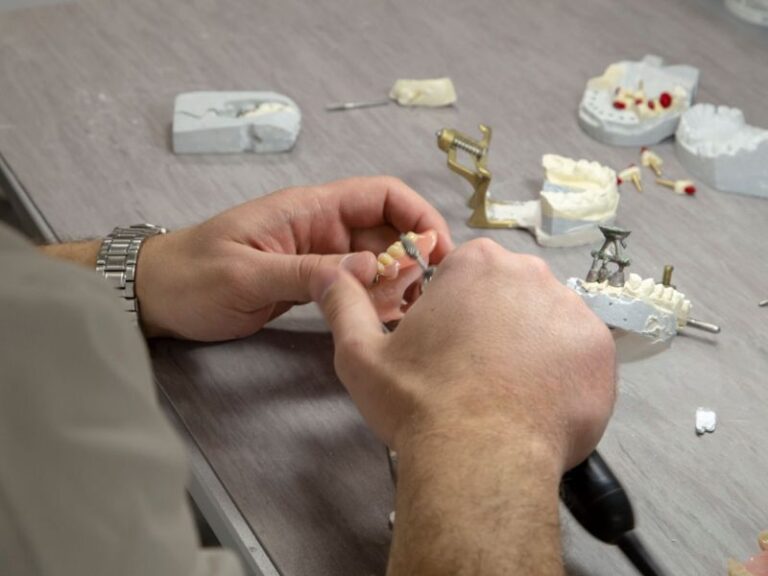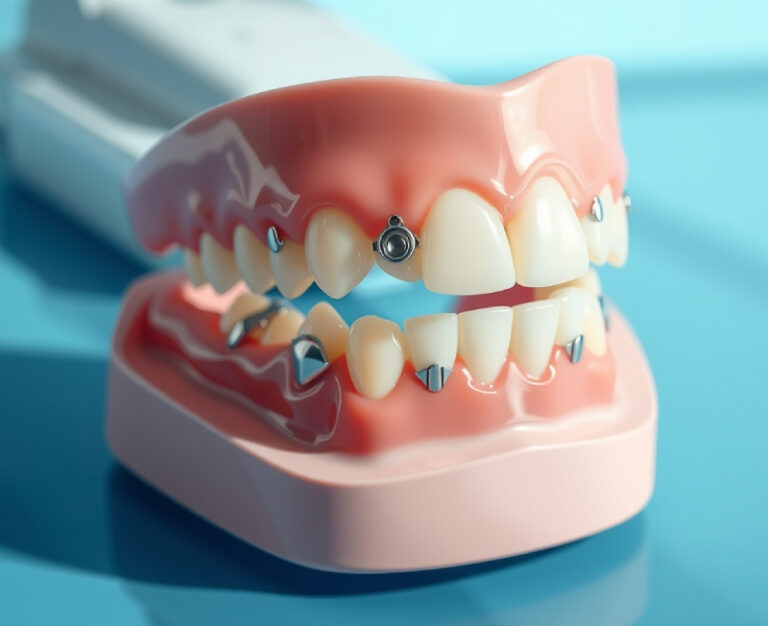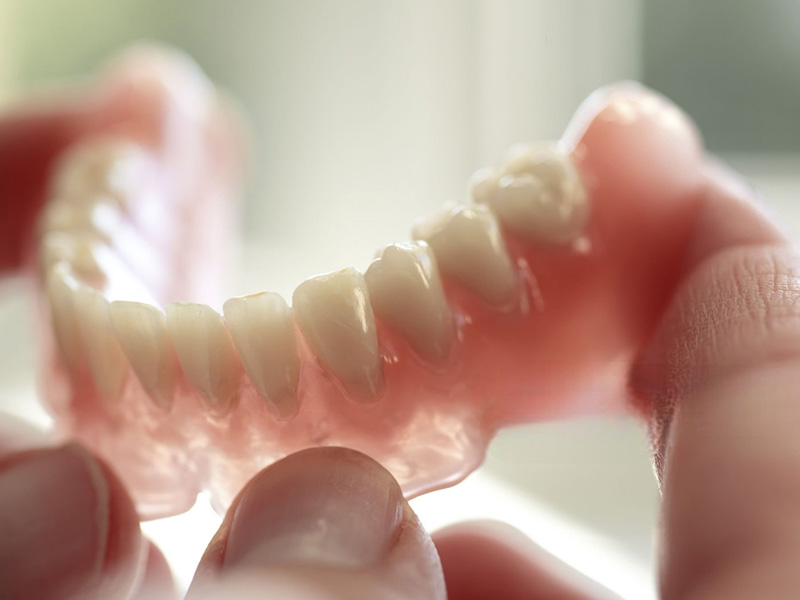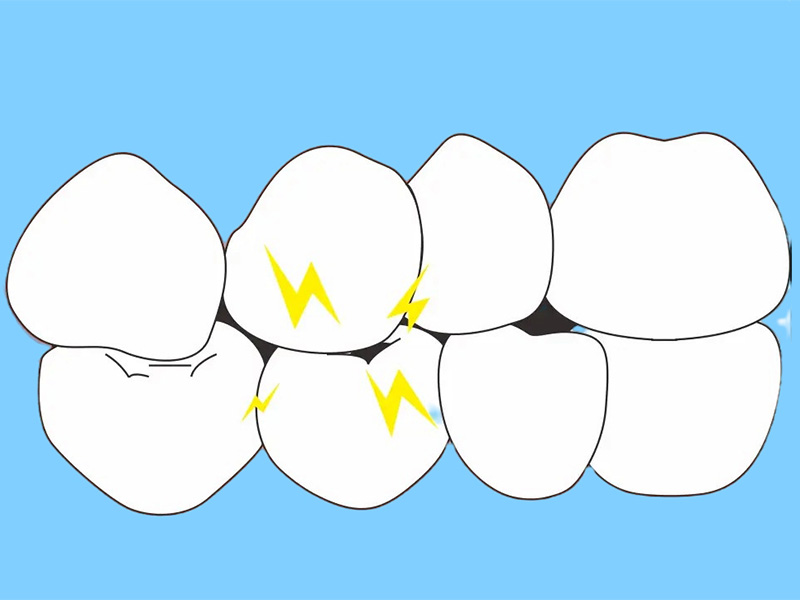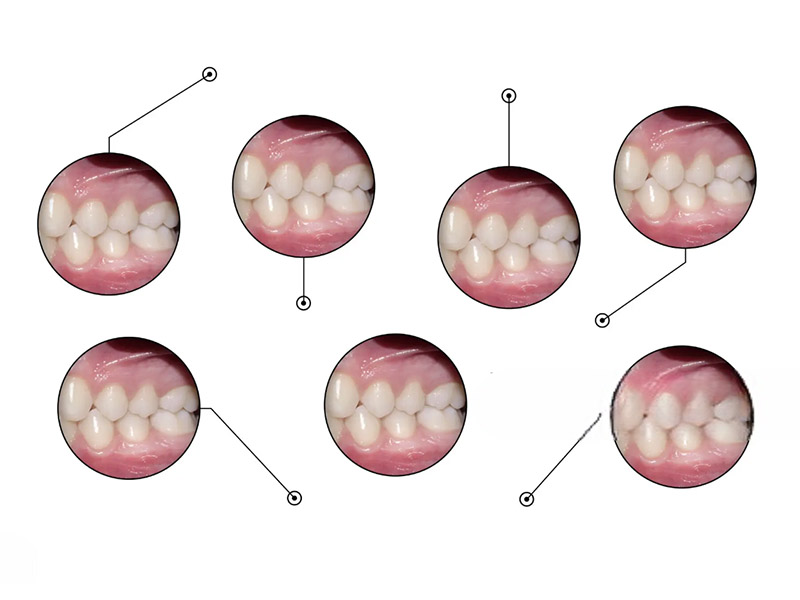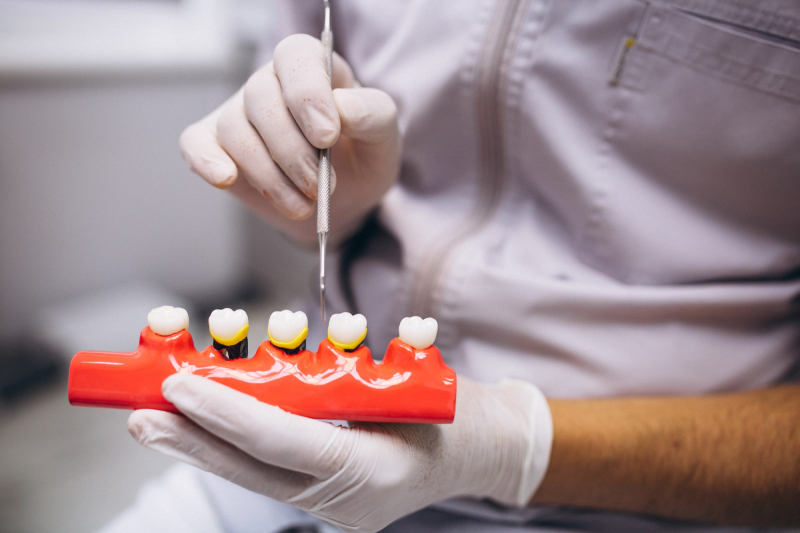
The Complete Dental Implant Timeline: A Step-by-Step Guide (From 3 to 12+ Months)
Curious about how long getting a dental implant actually takes? This article walks you through every step in plain, honest language, from your very first trip to the dentist to finally getting your new tooth. You’ll learn why the timeline can look different for everyone, what helps things go quicker—or slower—and how a bit of preparation can save you hassle down the road. Whether you’re swapping out one tooth or fixing your whole smile, this guide makes it easier to figure out what comes next and feel good about your choices.
Table of Contents
What Is a Dental Implant and How Does It Work?
Let’s start at the beginning. A dental implant is a fake tooth root, made of titanium or zirconia. Your dentist puts this “post” right into your jawbone. After your jaw heals and the post connects to the bone (this is called osseointegration), the dentist adds a connector piece called an abutment. Last, a special dental crown goes on top—it looks and works like your real tooth.
People usually need an implant if they lose a tooth from an accident, gum disease, or a cavity that couldn’t be fixed. You can get an implant for just one tooth, a few teeth, or your whole mouth.
Why pick an implant instead of a denture or bridge? Implants last a lot longer, feel more natural, and won’t move when you eat or talk.
Why Does the Dental Implant Timeline Matter?
You might think, “Does it really matter how long it takes?” It does—and here’s why:
- Planning for work and daily life: Implants mean you’ll have a few dental appointments, with breaks for healing between them.
- Worries about how you’ll look: You might have weeks (or months) without your final tooth.
- Money stuff: Spacing out payments or getting insurance sorted can make things easier.
Some places advertise “teeth-in-a-day,” while some folks say they waited all year for their implant. Your timeline depends on your health, your jawbone, and what type of implant you need.
Key Factors That Change Your Dental Implant Timeline
No two people have the same implant story. Here’s what can make your process faster—or slower:
1. Your Health
If you smoke, have diabetes, or problems with your immune system, things heal slower. You might need more checkups to make sure your mouth is on track.
2. Jawbone Strength
If your jaw has thick, strong bone, implants can go in sooner. If the jaw shrank after losing a tooth, or you have weak bone, you might need a bone graft to build it up first. Grafting—especially after things like a sinus lift or helping bone grow—can take 4 to 9 months more.
3. How Many Implants
Replacing one tooth is quicker than doing a whole mouth or All-on-4. Big projects, like full arch, need more planning, more scans, and more healing too.
4. Where and What Type
Same-day implants (like Teeth-in-a-Day) work only if your bone’s in good shape and there’s no infection. Front teeth usually heal fast while big back teeth (molars) take longer. Some tough cases, like zygomatic implants for thin upper jaws, take more time and skill.
5. Surgeon Know-How
A dentist or surgeon with lots of experience and the latest tech (like 3D pictures or digital mouth scans) can sometimes make things move along quicker. Using top brands helps, too.
What Happens During the Dental Implant Consultation?
When I went for my first implant talk, I had no idea what to expect. The dentist chatted with me about my health and why my tooth was missing. Then he checked my mouth, took X-rays, and used a special 3D scanner to see my jaw.
Here’s what usually happens:
- Making a plan: The dentist or gum specialist will let you know if implants work for you or if you need something else first.
- Getting started: It usually takes about one or two weeks for all the records, checks, and insurance things.
You walk out knowing the next steps and about how long it’ll take. If your dentist uses high-tech gadgets or digital guides, things can go even more smoothly.
Why Might You Need Preparatory Procedures Like Bone Grafts or Sinus Lifts?
A lot of people don’t have enough bone to hold an implant, especially if their tooth’s been missing awhile. For me, I needed something called socket preservation after pulling my tooth, so the bone wouldn’t shrink.
Here’s how these extra steps can take more time:
- Tooth Removal: If you haven’t lost the tooth yet, you’ll need it taken out first. The jawbone usually needs two to four months to heal up after that.
- Bone Grafting: Thin or soft bone? The dentist adds bone material (it can come from you or a donor). You have to let it grow and get strong—sometimes 4 to 9 months.
- Sinus Lift: For upper back teeth, if the sinus space is too close, the dentist gently lifts it and adds bone. It also needs some extra months to heal.
Who usually needs this? Folks with weak bone (often over age 50) or those who had gum problems. Your dentist will help you know what your mouth needs.
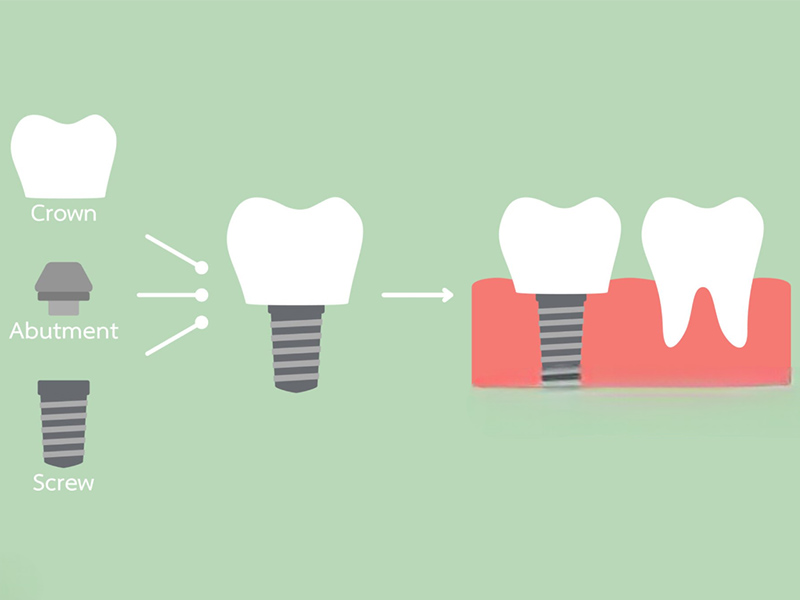
What Is the Implant Placement Surgery Like?
Now your mouth’s ready for action! Time to place the titanium post (some people get zirconia instead). Don’t stress, it’s usually simple—done with numbing medicine in your mouth or, for trickier cases, you’ll be asleep.
Step by step:
- The doctor opens the gum and makes a small hole in your jawbone.
- The implant post goes in and they stitch things up.
- Sometimes, you get a little protective cap on top.
How long’s the visit? Usually one or two hours, tops. You’ll be a bit sore for a few days, but medicine and ice help a ton. Some people get a temporary tooth or a flipper denture right away, so there’s no empty space in your smile.
What Is Osseointegration and Why Is It Important?
Osseointegration sounds fancy but it just means your jawbone grows onto the implant post, locking it in tight—kind of like tree roots grabbing the ground. This part’s super important because if the bone doesn’t stick, the implant won’t last.
- Usual healing time: 3 to 6 months.
- What makes it slower? Smoking, diabetes, or weak bone.
- Cool tech: Some modern brands help the bone grow in even better.
Lots of folks go with a temporary tooth during this healing, so they can smile and eat. Your dentist checks on you every so often, to make sure it’s all going right.
How Long Do You Wait Before the Final Crown?
Once your bone is healed and strong, you move to the last steps:
Attaching the Abutment:
This is a small, quick procedure. The dentist uncovers the implant and screws on the connector piece (abutment) so your crown can go on. Your gums need 2 to 4 weeks to heal around it.
Making and Putting in the Final Crown:
Here’s where it gets fun—you pick the color, and the dentist takes a digital mold of your mouth. The new, permanent tooth is made just for you. In two to four weeks, you come back and the dentist checks the fit and glues or screws it on.
After all that, you head out with a tooth that looks and works like the real thing!
Can You Really Get “Same Day” Implants?
Maybe you’ve seen ads for “Teeth-in-a-Day” or immediate implants. Here’s the deal: yes, sometimes you can get the post and a temporary tooth in just one trip. But only if:
- You’re healthy, with strong bone
- No infection or gum disease is hanging around
- You don’t smoke
- No bone building or sinus work is needed
The dentist places the implant and gives you a fake tooth right then. But you’ll still wait for the final, permanent crown until your jaw fully heals—there’s no real shortcut. The best-known method is All-on-4, which is for folks getting a whole row of new teeth.
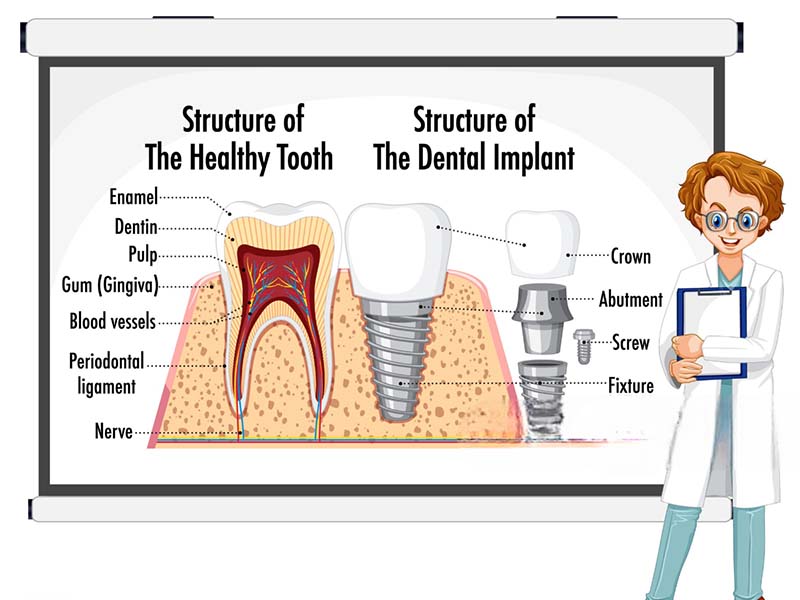
What Delays the Dental Implant Process?
We all hope for a speedy job, but here’s what can slow things down:
- Extra Bone Time: Bone grafts or sinus lifts need up to 9 months to set.
- Infection: Gum trouble or after-surgery infections slow things a lot.
- Ongoing Health Conditions: Diabetes, osteoporosis, or similar problems can drag out every step.
- Smoking: If you smoke, healing drags and the risk of problems goes way up.
- Lab Hold-Ups: Sometimes the crown takes longer than expected to make right.
- Life Stuff: Missed or moved appointments add days or weeks, too.
What’s the Difference: Bridge vs Implant vs Denture Timeline?
Dental implants aren’t the only way to replace teeth, but they take a bit more time up front.
| Tooth Replacement | Appointments Needed | Healing Time | Lifespan |
|---|---|---|---|
| Single Dental Implant | 5–8 | 3–12 months | 15+ years |
| Dental Bridge | 2–3 | 2–3 weeks | 8–12 years |
| Partial Denture | 2–3 | None | 5–7 years |
Why wait, then? Implants last longer, don’t mess with your other teeth, and feel like your own.
How Many Appointments Do You Need for Dental Implants?
Here’s a rough idea:
- Consult and planning: 1 visit
- Prep work (pulling or graft): 1–2 visits
- Implant surgery: 1 visit
- Checkups: 2–4 visits
- Abutment and mold: 1–2 visits
- Final tooth: 1 visit
If you’re doing a big case or have a tricky mouth, you might need extra appointments for things like a trial tooth, or special fitted parts.
What Are the Benefits of Waiting for Dental Implants?
Tempted to fast-track it? Here’s why taking your time can be smart:
- Stronger fit: More healing means the implant gets locked in for good.
- Looks better: The tooth and gum line match up just right.
- Fewer surprises: Going slow cuts down on pain, infection, and problems later.
- Worth it for the long run: A little wait now can mean trouble-free years.
Is it worth it? Yep! Most people think the time is a tiny price for years of reliable, great-looking teeth.
Frequently Asked Questions
Q: What’s the fastest I could get a dental implant done?
A: If everything is perfect—no graft, strong bone—you could be done in 3 to 4 months. Not common though.
Q: How long if I had a bone graft too?
A: With pulling, grafting, and healing, expect 7 to 12 months.
Q: What if I smoke or have diabetes?
A: You’ll heal slower, need more visits, and your risk of problems goes up. Ask your dentist about how to help healing along.
Q: Are mini implants faster?
A: Maybe, but they aren’t for everyone.
Q: What makes an implant fail?
A: The top reasons are infection, weak bone, gum disease, or doing things too fast. Take care of your mouth and pick a good team.
Summary Table: Dental Implant Timeline at a Glance
| Stage | Timeline | Main Activity | Healing Time | Success Rate |
|---|---|---|---|---|
| Consultation | 1–2 weeks | Exams, X-rays, plan | – | – |
| Extraction | 2–4 months | Tooth removed, heal | Yes | >98% |
| Bone Graft | 4–9 months | Add bone, heal | Yes | 90–95% |
| Implant Surgery | 1 day | Place implant | – | – |
| Osseointegration | 3–6 months | Bone bonds to implant | Yes | >95% |
| Abutment | 2–4 weeks | Attach connector | Yes | >99% |
| Final Crown | 2–4 weeks | Make and fit final tooth | Yes (minor) | >98% |
| TOTAL | 3–15 months | Varies for each person | – | 95–98% (overall) |
Main Things to Remember About Dental Implant Timelines
- The whole process can take 3 to 12 months or more depending on your health, your jaw, and how many teeth you need replaced.
- Extra steps like grafts add months, but are needed for strong, good-looking implants that last.
- “Same Day” implants are only for the few with perfect mouth health and bone.
- Impatient? Remember, good things are worth waiting for—rushing only brings risk.
- Pick an experienced team: Certified dentists and surgeons with lots of implant work under their belts give you the best shot at success.
- Book your consult to get your custom plan and timeline!
References:
American Academy of Implant Dentistry (AAID): www.aaid.com
American Dental Association (ADA): www.mouthhealthy.org
Company Sites: Straumann, Nobel Biocare, Dentsply Sirona, Zimmer Biomet
Studies about dental implant and bone graft success
Ready to learn more or book your appointment? Check out our dental implant page or give us a call. We’re here to walk you through every step toward a strong, confident, lifelong smile.


